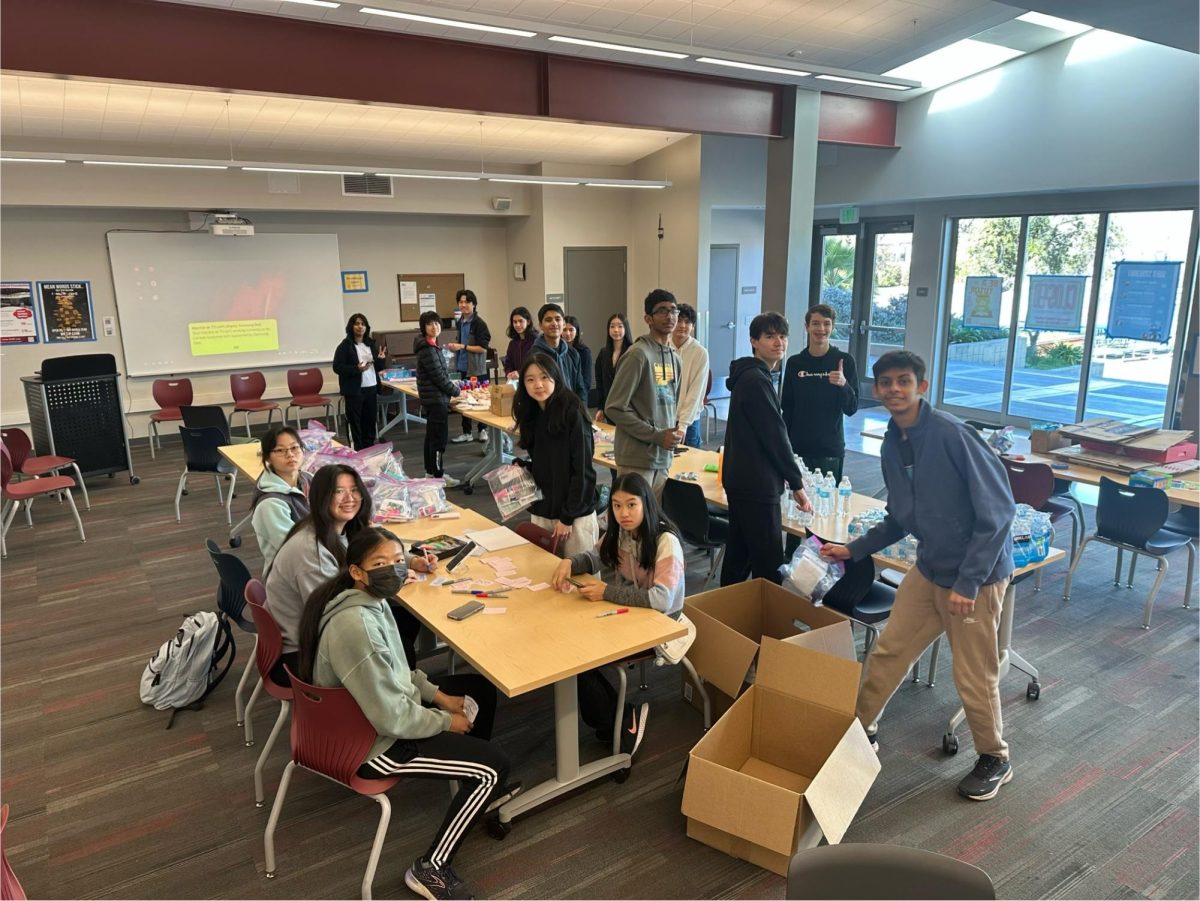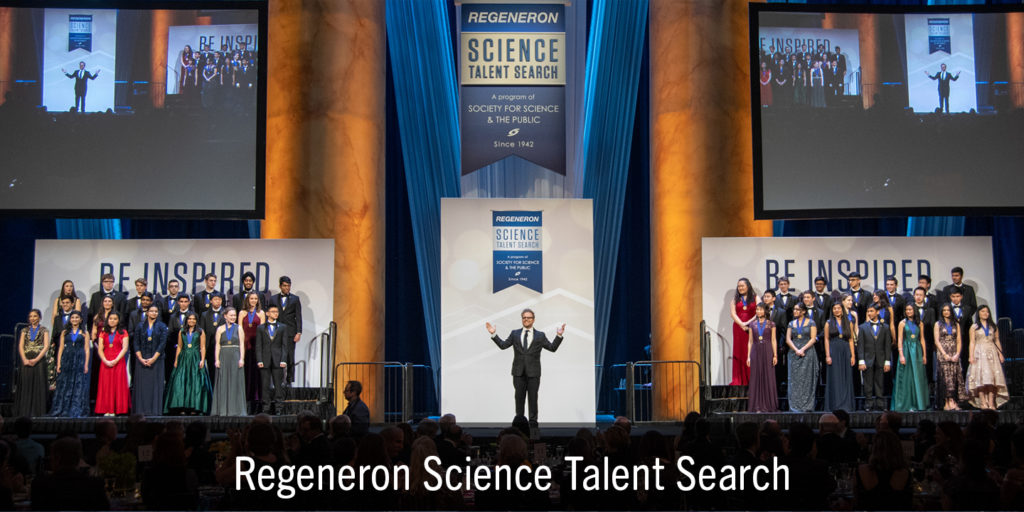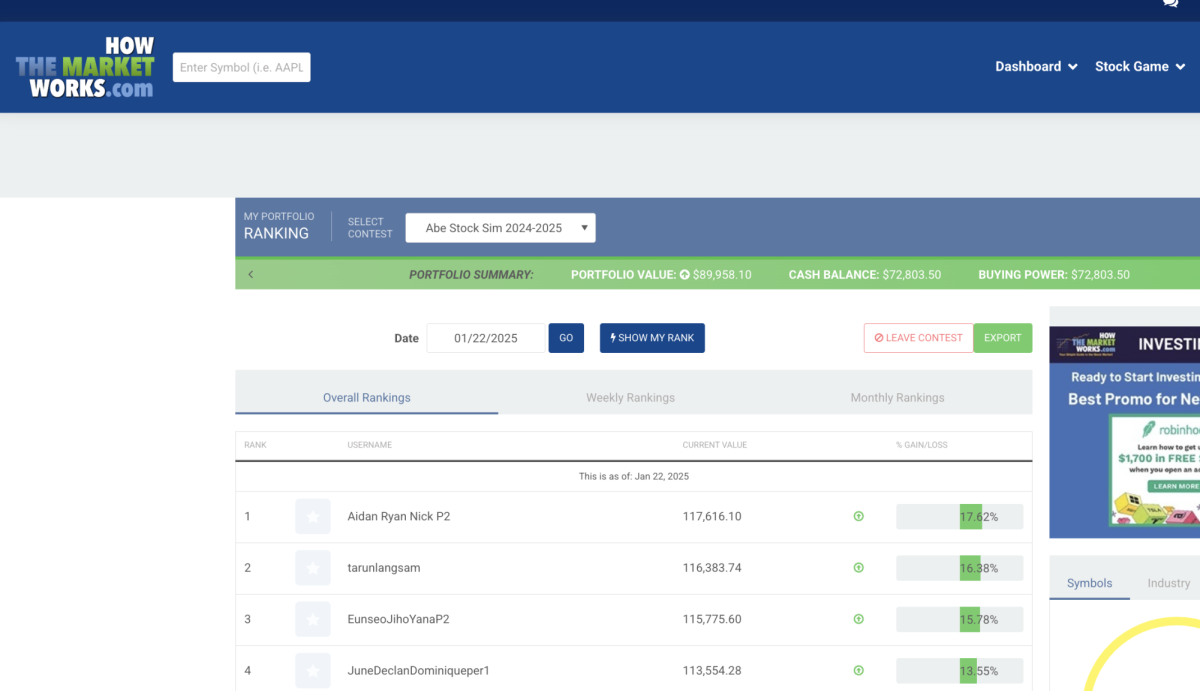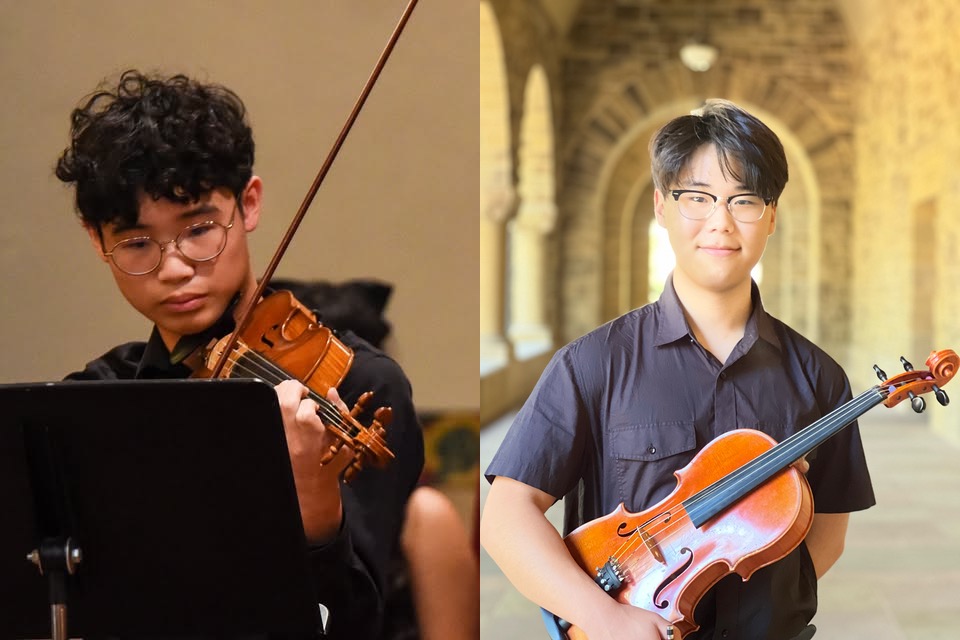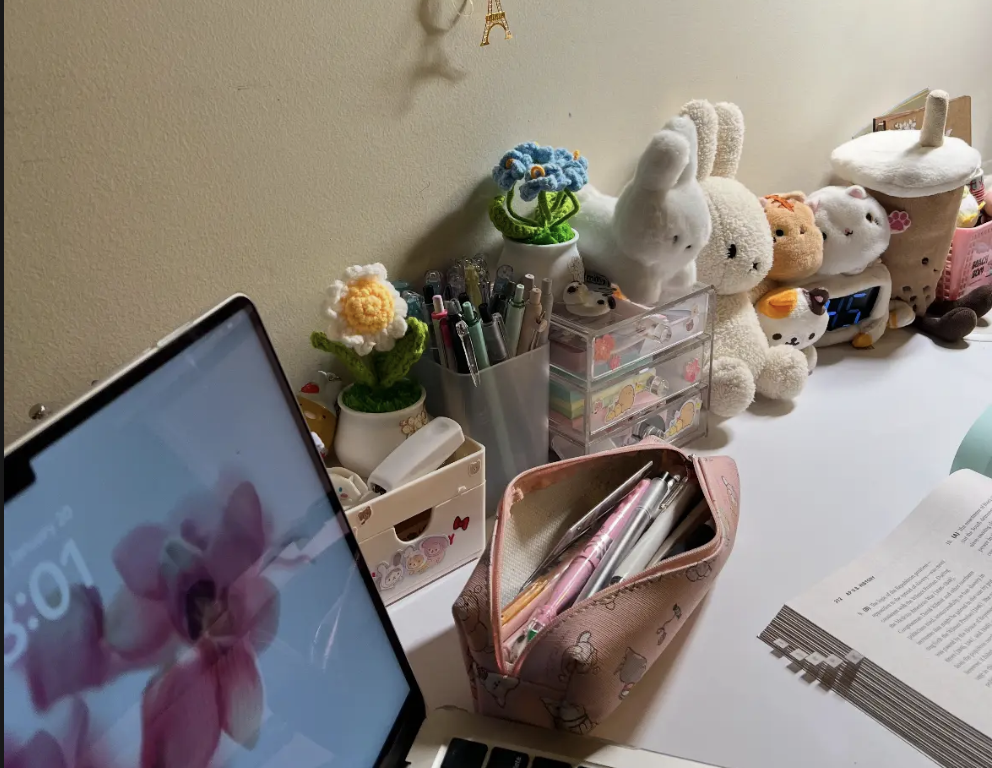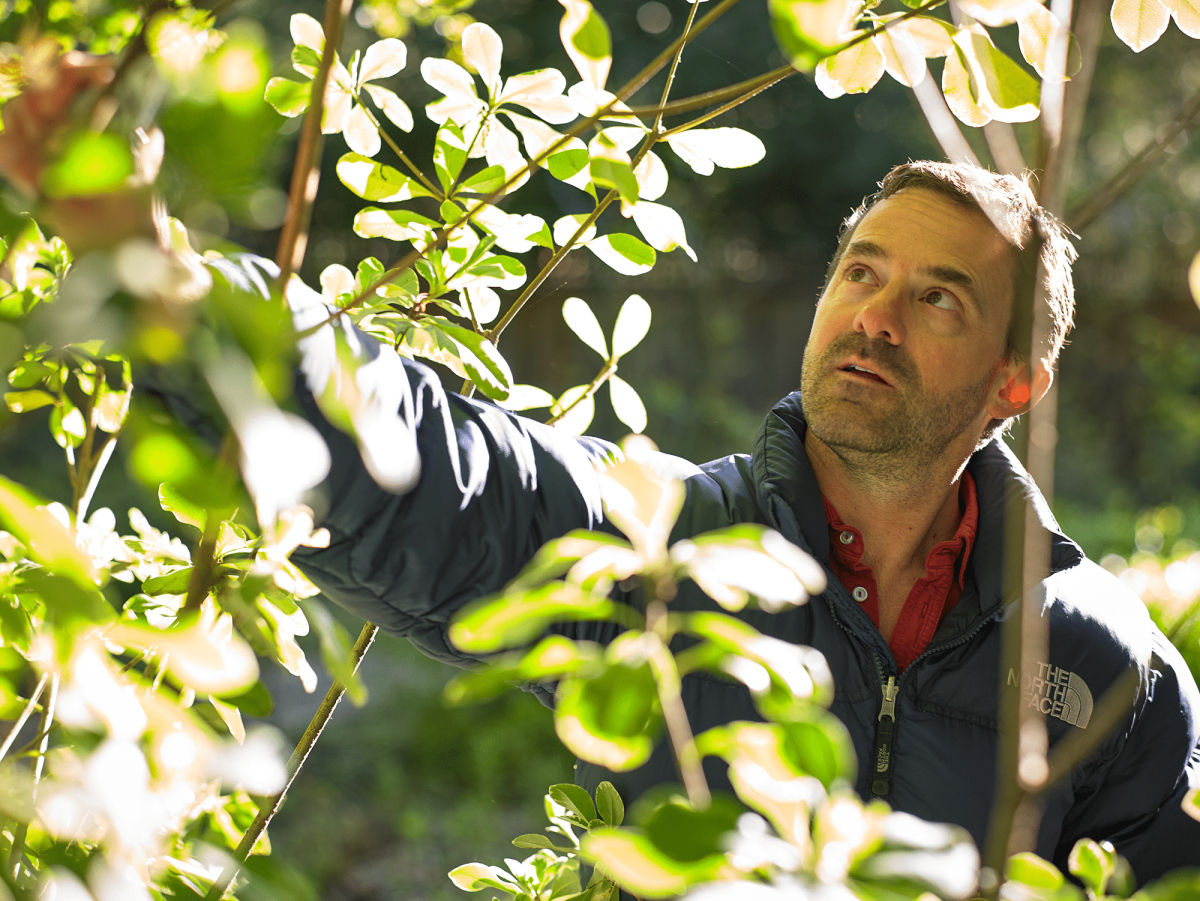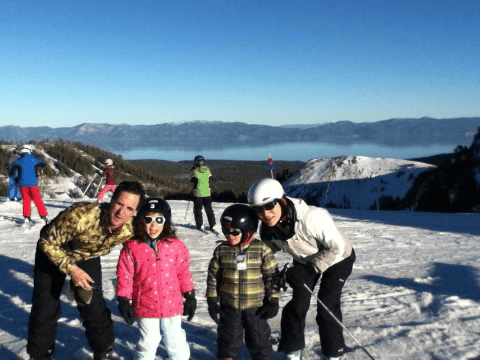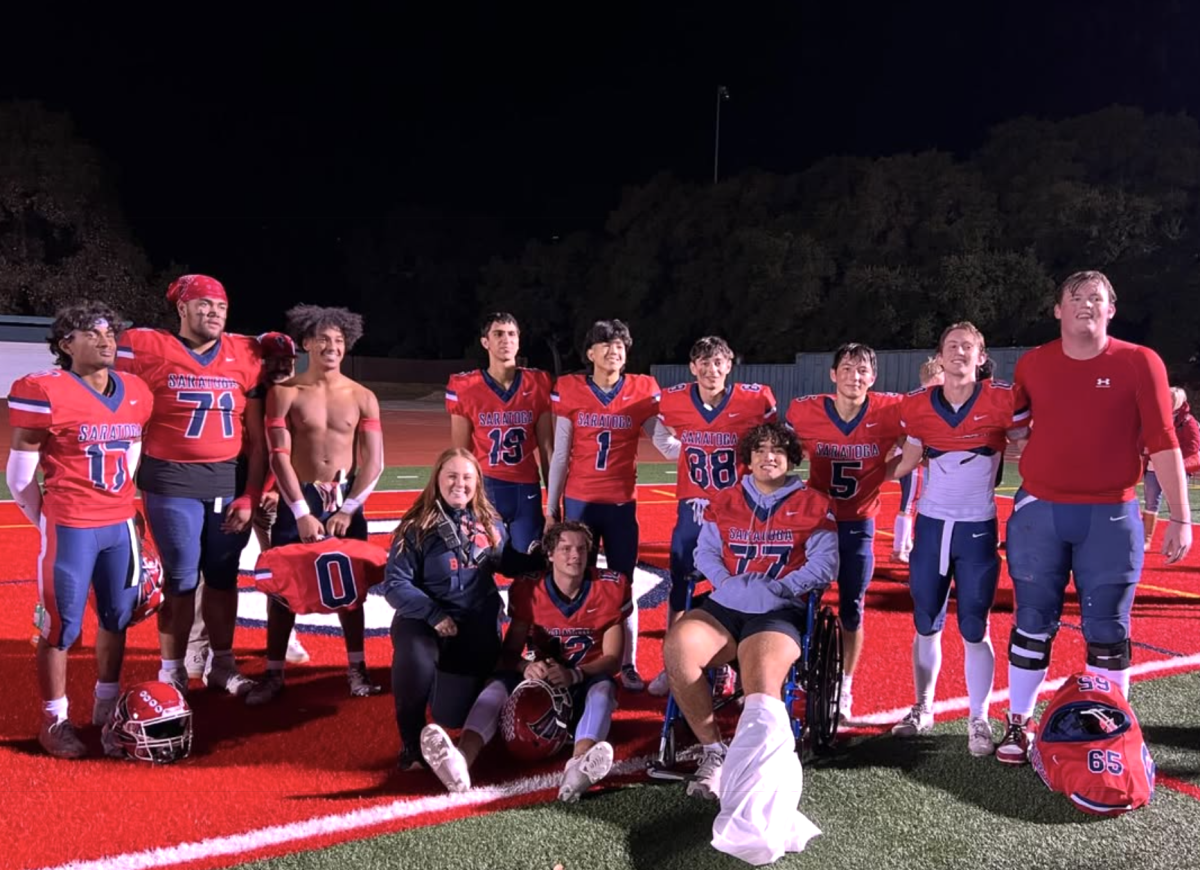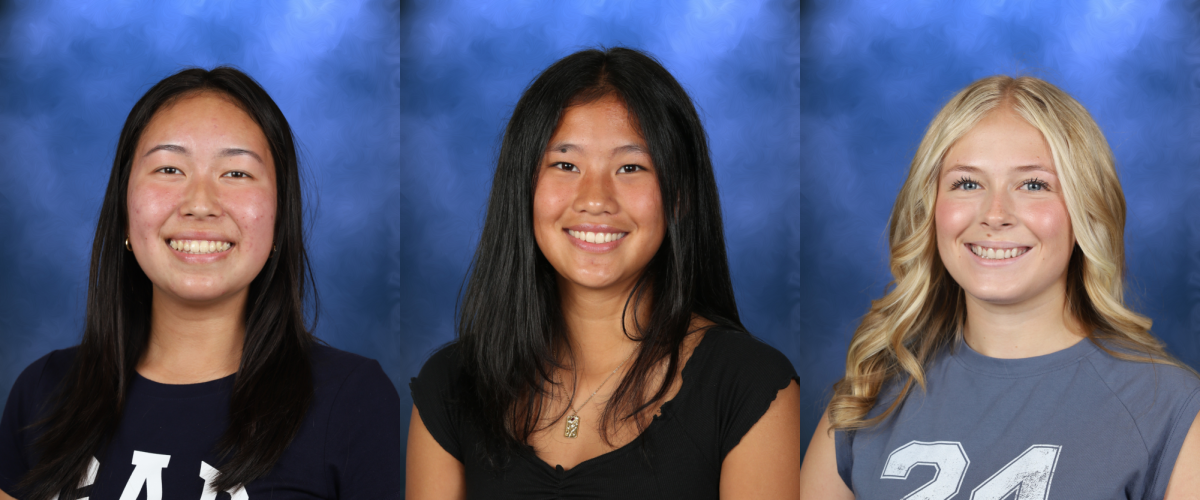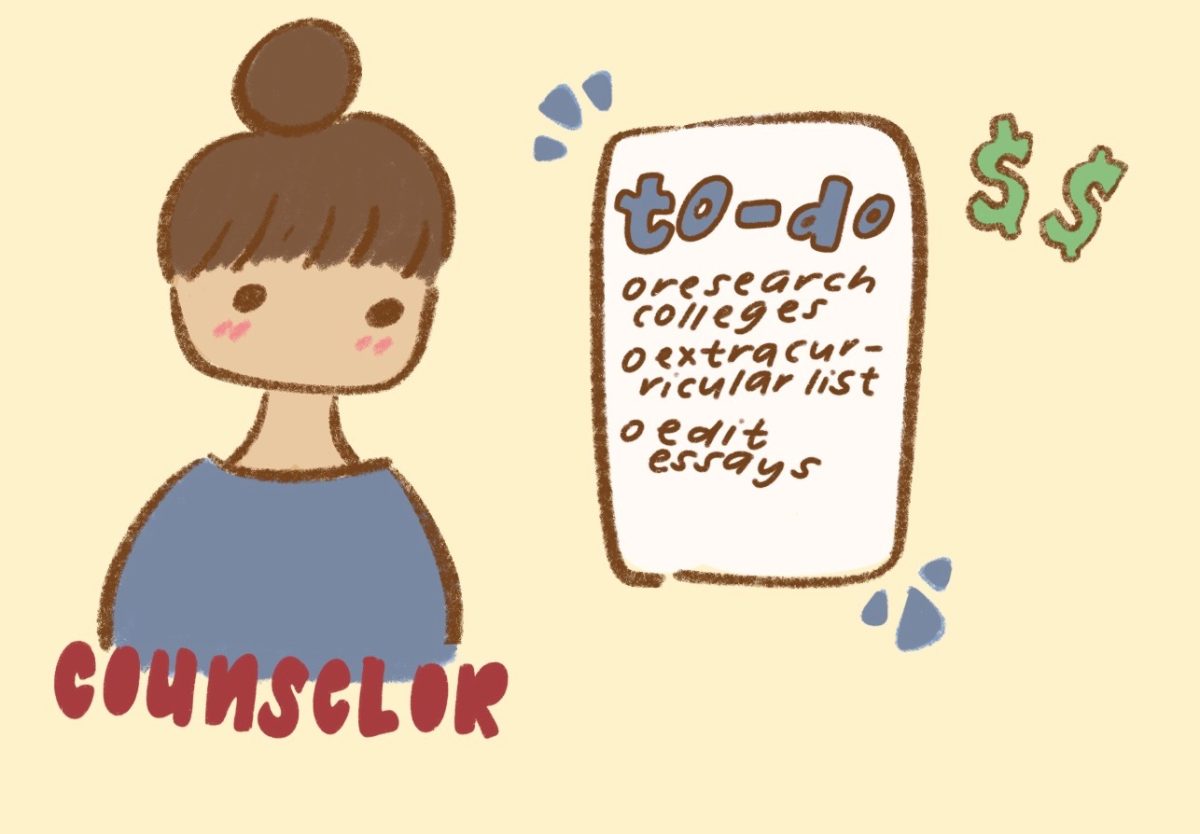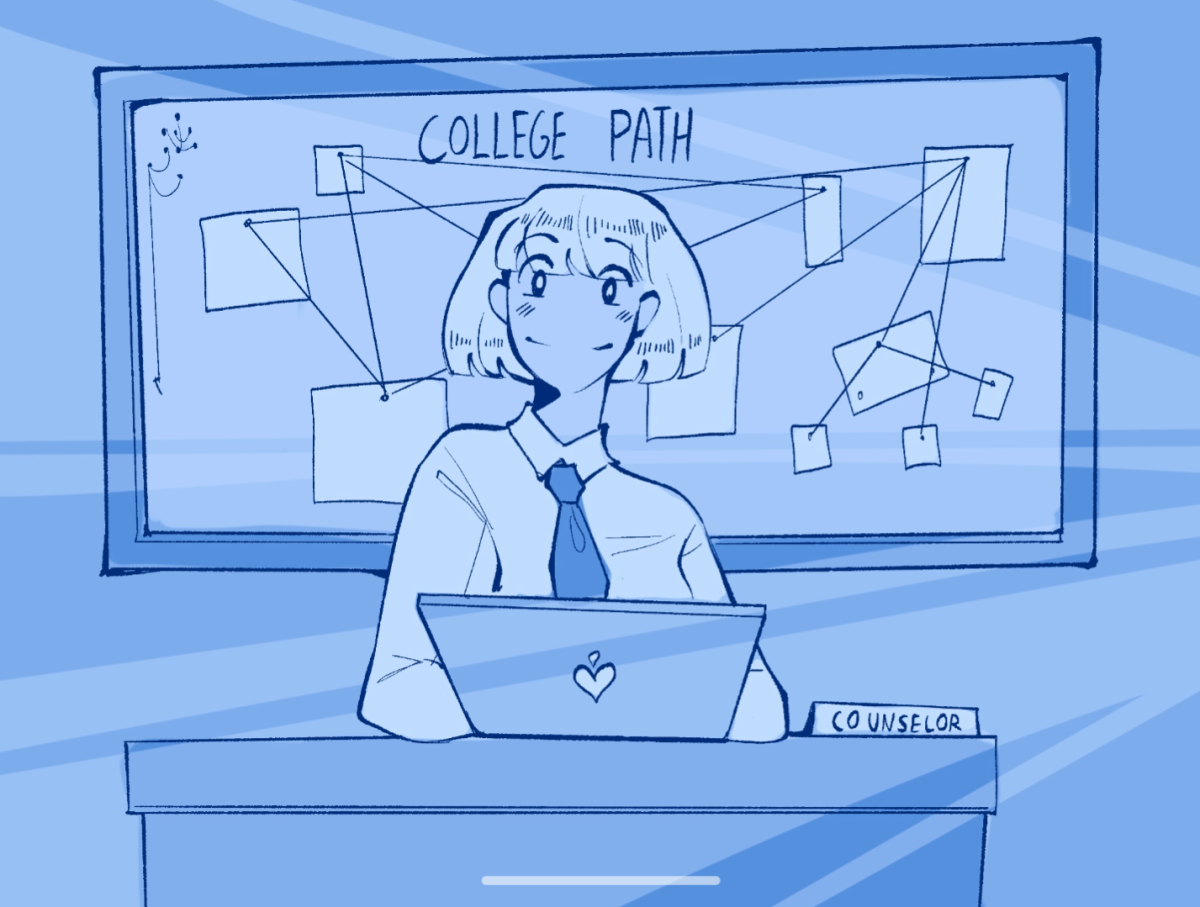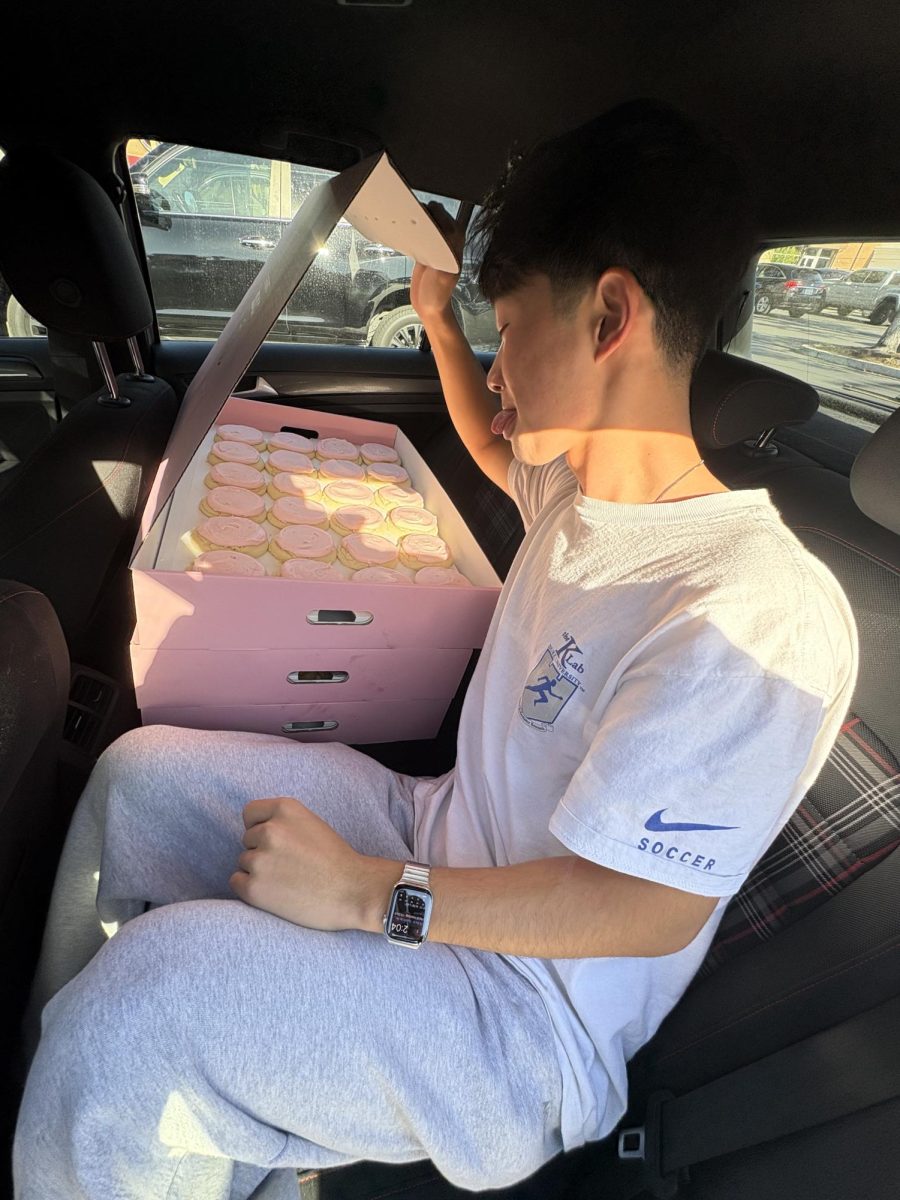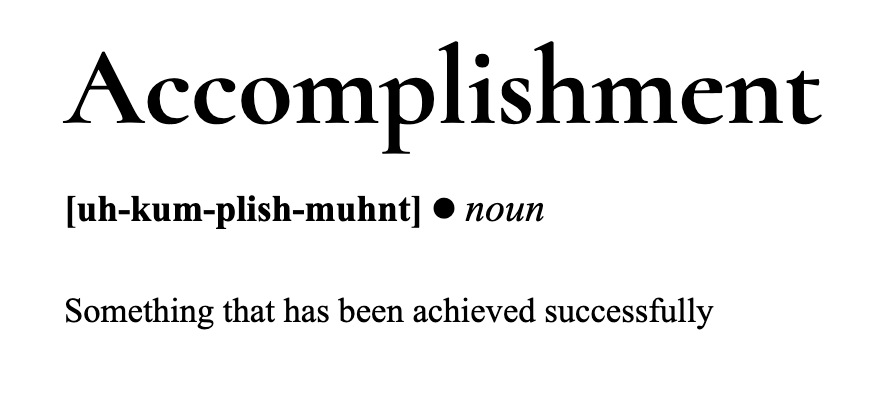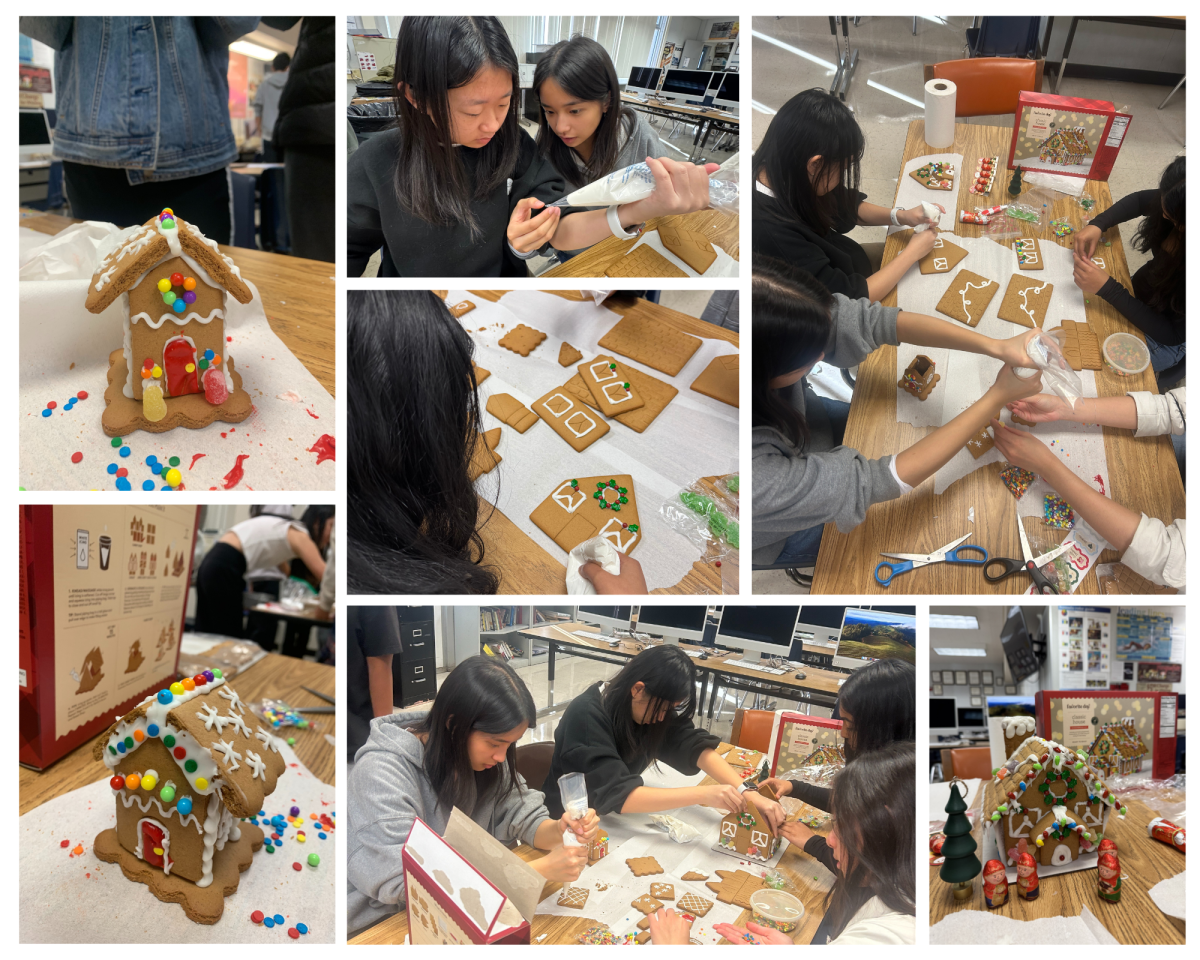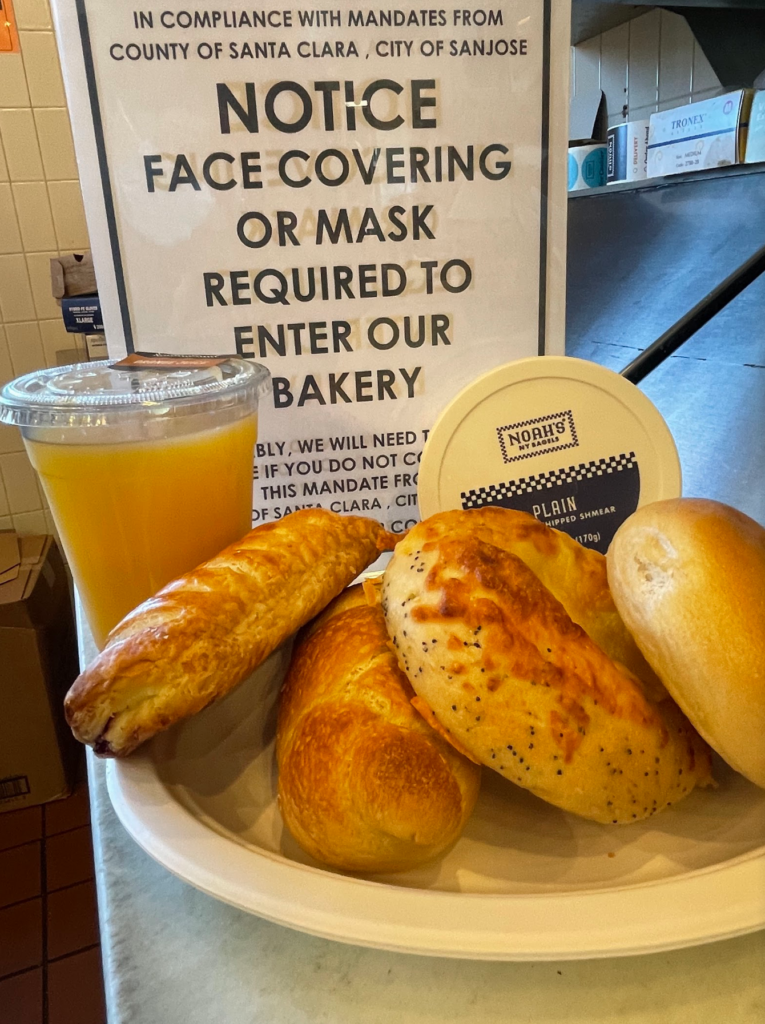Wafts of sesame and garlic lingered in the air and infiltrated senior Paula Ngyuen’s mask. A line of restless customers shifted toward the aroma of jalapenos and black peppercorns drifting over a plexiglass barrier. Nguyen scanned the crowd, and started a new transaction.
“Welcome to Noah’s Bagels,” she said. “How can I help you?”
Nguyen works at the Noah’s Bagels in El Paseo de Saratoga, and is one of many students who started working during the pandemic. While the COVID-19 public health concerns surrounding jobs continue to exist, students such as Nguyen are determined to commit to work opportunities over the past two years. Work restrictions remain fluid and unpredictable, and these students have adapted to constantly shifting circumstances.
Nguyen said that the continuous shifts in county and state social distancing guidelines since she started working in September 2021 have adversely affected her working conditions.
“We need to wear a mask at all times except when we’re eating,” Nguyen said. “When my co-worker had COVID-19, she had to stay at home and quarantine for eight days.”
During the summer, Noah’s Bagels installed a plexiglass barrier separating workers and customers. The restaurant also restricted restroom use to employees only to minimize points of contact. Various Noah’s Bagels chains — including the branch Nguyen worked at — required the opening of all doors and windows, increasing ventilation and bringing cold air into a hot working environment.
Since then, these precautions have gradually loosened; for example, most branches of Noah’s Bagels have removed their plexiglass barriers. While a number of precautions are still in place, such as masking and methodic sanitizing of surfaces and bathrooms, the restaurant — like many retail stores — has maximized the number of customers allowed under current restrictions.
According to Zippia, more than 1 million teenagers between the ages of 16 and 19 held jobs in 2020 — the vast majority of which were food-related or service jobs — despite various COVID-19 concerns. With the surge of the omicron variant in January, most students exercised caution, but left their schedules both within the school and the workplace unchanged.
In recent weeks, new daily COVID-19 cases have dropped in nearly every state with significantly fewer cases and hospitalizations. The lifted statewide indoor mask mandate lifting has presented the opportunity for many students to start working again.
However, the concerns and wide-reaching effects of this relatively milder form of COVID-19 are very real and potentially dangerous. The U.S. has many under-vaccinated (individuals who did not receive two doses and/or a booster shot), and unvaccinated individuals, who stand to be particularly susceptible to hospitalization and more serious cases of COVID-19. Currently, 77% of the U.S. population has received one dose of the vaccine while 65% are fully vaccinated, leaving still 35% of the population under-vaccinated or unvaccinated entirely.
Employed students now have to juggle the balance of earning money and protecting themselves.
Eyeing the next appointment
Senior Savannah Lin works at Golden Vision as a customer service assistant. Lin is responsible for pre-testing at the front desk with an intraocular pressure machine and collecting retinal lab images before a patient schedules an appointment with an optician. Golden Vision’s primary response to guaranteeing public safety was decreasing the number of appointments per day.
When Lin began working for Golden Vision in June 2021, the company had appointments every 15 minutes. The franchise has since cut it down to two per hour, with 15-minute breaks between each customer interaction.
Aside from scheduling changes, the store did not have to implement too many other changes to address the rise in COVID-19 cases. Procedures such as sanitizing high-contact surfaces and moving queue times online were already in place before the pandemic.
“The sanitization procedures are relatively the same,” Lin said. “Besides masking, our store has returned to pre-pandemic rules.”
Lin also regularly wears her mask and has the option to schedule weekly PCR testing at Golden Vision. But, because of the readily available tests at Saratoga High, she doesn’t use this resource.
When the Santa County mask mandate was lifted on March 2, students with indoor jobs like Nguyen and Lin were optimistic that their customers would continue to follow the safety protocols in place.
“I would assume more than 80% [of customers] will keep [their mask] on,” Nguyen said. “People in our area are careful. People even wear their masks outside when they’re more than six feet apart.”
Scoring money on the field
Senior Emma Foley, who wanted to make some additional money, recently started working as a youth soccer coach for All Stars United Soccer Club. Foley has learned to balance both the physical rigor of coaching young children and the stress of dealing with omicron concerns while leading team-building activities.
She said that contact sports like soccer can spread the virus, but precautions such as wearing a mask and social distancing whenever possible can mitigate the risk. Foley carries the responsibility of keeping her family and trainees safe.
“All the little girls have to wear face masks. I don’t have to, but I typically do while I’m playing,” Foley said. “You can’t really social distance [the kids], but we do what we can to keep everyone safe.”
So far, there have been no COVID-19 cases at her job, but Foley is worried nonetheless. She said her brother, who visits her frequently, has an autoimmune disorder, and her parents are older, so she tries to be as cautious as possible. However, she’s less worried about her job than school because she can keep her distance on the field.
Nguyen, Lin, and Foley have experienced the worst of the pandemic as part of the working class, and as the pandemic appears to be nearing its end, they are hopeful of working without the fear of compromising their health.
“There is always a possibility of catching COVID-19, whether it’s at work or school,” Foley said. “My family and I carefully weigh those risks, and approach life cautiously while trying to maintain somewhat normal routines.”


